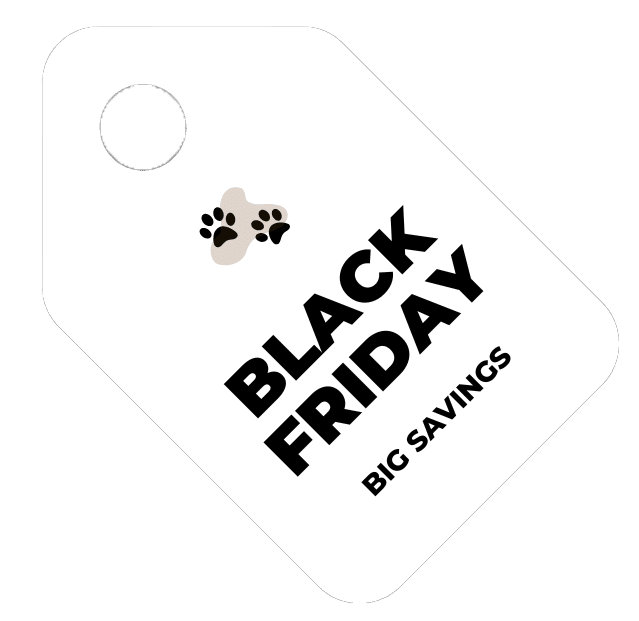To some pet owners, felines are the fairer species. While a dog may jump up on the dinner table or sit begging for scraps, cats tend to take a more sophisticated approach when it comes to requesting “people food”.
While veterinarians and cat experts agree that it is acceptable and appropriate to occasionally feed your cat some of the same food that you may eat––think fresh raw meat, cooked meats, and canned fish––other foods remain dangerous and should be avoided at all times.
Here, we discuss seven foods that, due to potential health risks, that you should keep away from your cat. While this list isn’t all-inclusive, these are some of the riskier foods that are commonly found in the home. Keep your pet’s paws away from the items on this list.
If you think that your pet has accidentally eaten any of these foods, call your local Animal Poison Control Center, or call the Pet Poison Hotline right away to get treatment and potentially avoid a life-threatening situation.
- Alcohol
Though it’s possible that your cat has a refined palate, never allow your cat to try a sip of your Bordeaux, or any other cocktail or alcoholic beverage. The compounds in the drink, or food containing alcohol, can cause GI issues including vomiting and diarrhea, as well as issues with the central nervous system like decreased coordination and shortness of breath. Other potential issues include the possibility of developing a normal acidity in the blood or tremors. These problems could compound and lead to a coma or death.
- Raw Bread Dough (Yeast)
Yeast is the active ingredient in bread dough that makes it rise. While this makes for a tasty loaf, it can create havoc in your cat’s stomach. The consumption of yeast can cause your pet’s stomach to expand to an uncomfortable level as gas accumulates. The condition can become life-threatening if the stomach twists during the process.
- Chocolate
It’s common knowledge that dogs shouldn’t eat chocolate, but the fact that this delicacy is just as bad for cats is lesser known. It’s not the sugar that is necessarily bad: the problem is the methylxanthines that are found in the cacao seed. For this reason, coffee and other caffeinated foods and beverages remain no-nos in your cat’s diet.
Methylxanthines can cause your cat to experience diarrhea and vomiting, excessive thirst, frequent urination, panting, tremors, and an abnormal heart rhythm––all of which can culminate in seizures that may lead to death.
- Grapes and Raisins
Although it’s a mystery exactly what it is about grapes and raisins that has such a negative effect on cats, it’s a well-known fact that they can be lethal. These foods contain an unknown substance that is toxic to cats even in small doses, causing extreme side effects including GI distress and kidney failure.
Hoping to better educate cat owners and prevent illness due to toxic compounds, scientists are working to determine the exact substance in grapes that causes adverse reactions. Such a discovery would allow cat owners to avoid other foods that may contain it. In the meantime, avoid grapes and raisins of any kind, including those you find in baked goods and jellies.
- Nuts
While nuts are high in nutritional quality and provide doses of joint-friendly Omega-3 fatty acids, they also contain large amounts of oils and fats that can be hard for your cat’s digestive system to process. Avoid nuts like almonds, pecans, and walnuts so that you cat won’t experience vomiting and diarrhea. There’s also the potential to develop pancreatitis if your cat ingests enough nuts.
- Onions and Garlic
Onions, garlic, and other vegetables in the same family (like chives, scallions, and shallots) can have potentially lethal effects on your cat. These foods cause irritation of the gastrointestinal tract and can damage their red blood cells. This results in blood-tinged urine, which may lead to severe anemia.
Anemic cats are listless, tire easily, and typically lack stamina and energy. These symptoms can lead to additional health problems if the cat begins to lose strength and mobility, the desire to eat or the desire to groom themselves. In severe cases, cats with anemia may also experience an erratic raised heart rate and an increased respiratory rate that stresses their body unnecessarily over time.
Cats are especially susceptible to adverse effects from onions and garlic, so be cautious when using them––not only as ingredients in raw or cooked dishes, but as seasoning like onion powder or garlic. Prepackaged chicken or fish dishes, pasta and pizza sauces, and other prepared foods designed for humans and purchased at the grocery store or a local restaurant may contain these ingredients without your knowledge and prove harmful to your cat.
- Xylitol
Xylitol is a common sweetener found not just in food like baked goods and candy, but also in other household items like toothpaste, gum and mouthwash. When ingested, it can cause your cat to release mass amounts of insulin into the bloodstream, resulting in life-threatening low levels of blood sugar.
If your cat is exposed to xylitol, you might notice initial symptoms of toxicity such as vomiting and loss of coordination. Over time, these symptoms can progress to seizures, liver failure and death within a few short days.
Look around the house and take the time to check the label on products that your cat can easily access. Do any of these products contain Xylitol? While most cats aren’t known for chewing, it’s always smart to make sure that items containing this substance are in an inaccessible place, reducing the possibility of accidental exposure.
While it may be tempting to let your cat sample some of your favorite foods, a better alternative is to find them a treat designed specifically for them––one that they really love. This way, you’ll avoid feeding your cat one of these seven foods that have life-threatening consequences. Avoiding toxic foods is just one step in providing the best care possible for your pet’s nutritional needs.





